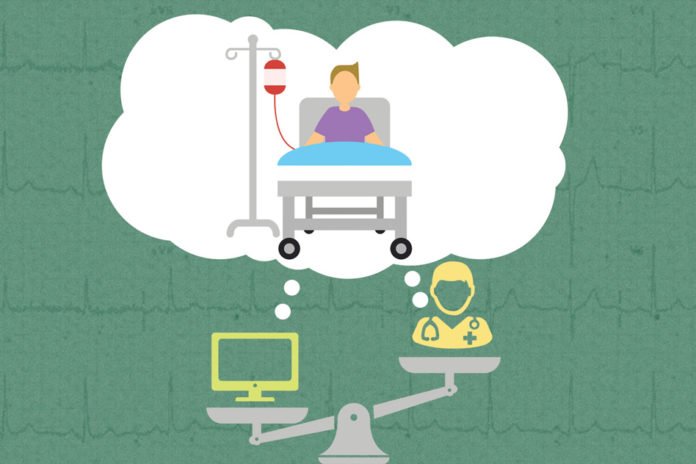Another investigation from MIT computer researchers proposes that human doctors give a measurement that, until now, AI reasoning does not. By examining doctors’ composed notes on the emergency unit patients, the scientists found that the specialists’ “gut feelings” about a specific patient’s condition assumed a noteworthy part in deciding what number of tests they requested for the patient.
Here, scientists think that doctor’s experience matters a lot. Their experience makes them know in a more comprehensive sense, beyond just the list of symptoms, whether you’re doing well or you’re not.
While diagnosing patients, doctors consider various factors, for example, symptoms, the severity of illness, family history, and lifestyle habits. They then determine the tests through which a patient need to test. Along with these, scientists wondered that a doctor’s “gut feelings” about a patient also plays a role in their decision-making.
Mohammad Ghassemi, a research affiliate at MIT’s Institute for Medical Engineering and Science (IMES) said, “That gut feeling is probably informed by a history of experience that doctors have. It’s sort of like how when I was a kid, my mom could just look at me and tell that I had done something wrong. That’s not because of something mystical, but because she had so much experience dealing with me when I had done something wrong that a simple glance had some data in it.”
In order to check what intuition plays a role in doctors’ decisions, the researchers performed sentiment analysis of doctors’ written notes. Sentiment analysis is a method for gauging consumer attitudes, is based on computer algorithms that examine written language and tally positive or negative sentiments associated with words used in the text.
Scientists gathered the data from MIMIC, a collection of medical records from 60,000 ICU patients admitted to Beth Israel Deaconess Medical Center in Boston over a 10-year period. The data involves doctors’ notes on the patients as well as the severity of illness, diagnostic imaging exams, and several other factors.
Using the data, scientists quantified sentiment scores and checked if there was any correlation with how many diagnostic imaging tests the doctors ordered for patients.
Scientists found that when they accounted for all other factors, the doctors’ sentiments did indeed help predict how many tests they would order. This effect was strongest at the beginning of a patient’s hospital stay when doctors had less medical information to go on and then declined as time went by.
They additionally found that when doctors felt more pessimistic about a patient’s condition, they ordered more testing, but only up to a certain point. If they felt very negatively about the patient’s condition, they ordered fewer tests.
Ghassemi and computer science graduate student Tuka Alhanai are the lead authors of the paper, which will be presented at the IEEE Engineering in Medicine and Biology Society conference on July 20. Other MIT authors of the paper are Jesse Raffa, an IMES research scientist, and Roger Mark, a professor of health sciences and technology and of electrical engineering and computer science. Shamim Nemati and Falgun Chokshi of Emory University are also authors of the study.
Alhanai said, “Clearly the physicians are using something that is not in the data to drive part of their decision making. What’s important is that some of those unseen effects are reflected by their sentiment.”
